HashLand Airdrop Risk Assessment Tool
Calculate Your Odds
Your Airdrop Assessment
Important: The HashLand Coin airdrop provides 1,000 NFTs (not tokens). These NFTs have no secondary market and no verified utility. Current market data shows $0.00 price on Binance and minimal trading volume.
HashLand Coin (HC) is running a limited airdrop campaign that’s generating buzz - but not for the reasons you might think. If you’ve seen ads promising free NFTs or easy crypto rewards, you’re not alone. But here’s the truth: this isn’t a get-rich-quick scheme. It’s a high-risk, experimental promotion tied to a project still finding its footing in the crypto world.
What Exactly Is the HashLand Coin Airdrop?
The HashLand Coin airdrop is giving away exactly 1,000 NFTs - one per winner - through CoinMarketCap’s platform. No more, no less. That’s it. There’s no token distribution. No cash payout. Just digital collectibles tied to HashLand’s synthetic assets system. These aren’t just pretty pictures. They’re called Synthetic NFTs (S-NFTs), and they’re supposed to represent ownership over hash rate power - basically, a slice of cryptocurrency mining hardware - bundled into an NFT. To enter, you need to be a CoinMarketCap user. You’ll have to search for HC on the platform and complete a registration form. That’s the only official way in. No wallet connects. No KYC. No deposit required. But you must follow the steps exactly as posted on CoinMarketCap’s campaign page. Miss one step, and you’re out.Why Are People Talking About This?
Because it sounds too good to be true - and it kind of is. The campaign is designed to drive attention to a project that’s struggling to gain traction. HashLand positions itself as the first decentralized platform combining intellectual property with hash rate assets. In simple terms: imagine owning a piece of a Bitcoin miner, but instead of the machine sitting in a warehouse, you own an NFT that represents it. You can then trade, rent, or use that NFT within HashLand’s ecosystem. The idea isn’t dumb. Mining hardware is expensive and hard to access for regular people. Tokenizing it could make it easier to buy small shares. But here’s the catch: no one’s actually using it yet.The Reality of HashLand Coin’s Market
Don’t believe the hype. HashLand Coin (HC) is trading at $0 on Binance. On Coinbase, it shows a price of $0.0386 - but with $0 in trading volume over 24 hours. That means no one is buying or selling it. Zero. The market cap is around $2.4 million, which sounds big until you compare it to even small altcoins - most have 10 to 100 times more activity. The token has a max supply of 21 million HC, but only 2.29 million are circulating. That’s a red flag. Why lock up so much supply? Often, it’s because the team holds most of it. And if they’re not selling, why should you buy? The project claims HC is used for in-game purchases, rewards, and governance. But without real users, those functions don’t exist. You can’t vote on decisions if no one’s holding tokens. You can’t spend tokens if no one accepts them.
What Do You Actually Get in the Airdrop?
You get one NFT. That’s it. And it’s not even guaranteed to be valuable. The NFTs are called “New Era NFTs,” and they’ll be distributed after the main airdrop ends. But what are they worth? No one knows. There’s no secondary market for them. No listings on OpenSea or LooksRare. No trading volume. If you win, you’re holding a digital asset with no buyers - and no clear use case. Some YouTube videos show people claiming they’ve “earned free HC tokens.” That’s misleading. The airdrop gives NFTs, not HC tokens. You might need HC tokens later to interact with the NFTs - but you won’t get any from the airdrop. You’d have to buy them on one of the eight exchanges where HC is listed. And even then, you’re gambling on a token with zero liquidity.Who Is Behind HashLand?
There’s no public team. No LinkedIn profiles. No whitepaper with technical details you can verify. The project’s website is clean, professional-looking - but empty on substance. No code repository on GitHub. No audits from firms like CertiK or PeckShield. That’s unusual for a blockchain project, even a small one. In crypto, transparency builds trust. No transparency? That’s a warning sign. This isn’t necessarily a scam - but it’s definitely not a proven project. It’s a prototype with marketing.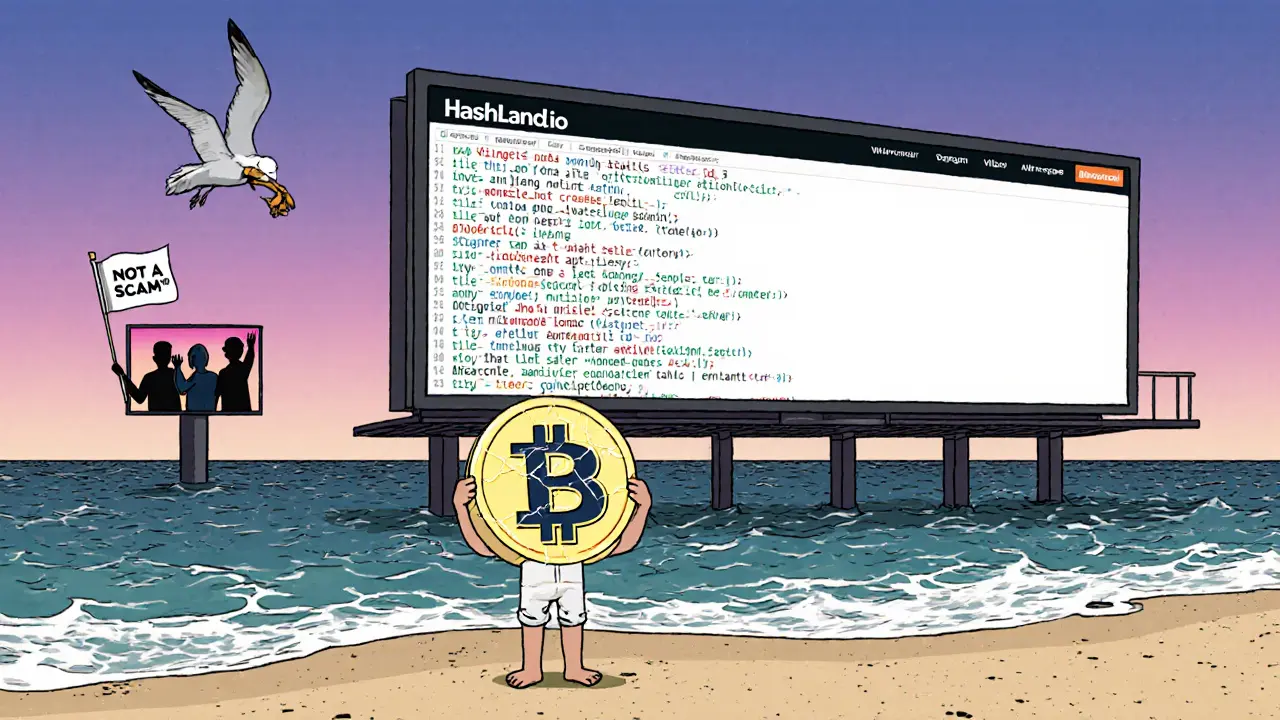
Should You Participate?
If you’re curious and willing to lose zero dollars - go ahead. The airdrop doesn’t cost anything. No fees. No deposits. Just time. If you win, you get an NFT. If you don’t, you’ve lost nothing. But if you’re thinking this is your ticket to crypto wealth? Think again. This isn’t Solana or Ethereum. This isn’t even a mid-tier altcoin. It’s a speculative bet on an unproven idea with no real market demand. Here’s what you should do:- Go to CoinMarketCap and find the official HashLand Coin airdrop page.
- Click “Join Airdrop” and complete the form.
- Don’t connect your wallet unless the page explicitly says it’s safe (and even then, be cautious).
- Don’t buy HC tokens. Not now. Not unless you’re prepared to lose everything.
- Wait for the NFT distribution. If you get one, hold it for a few months. See if anyone starts trading it.
What Happens After the Airdrop?
If HashLand wants to survive, it needs to do three things:- Prove that Synthetic NFTs actually work - not just in theory, but in practice.
- Get real mining operators to list their hash rate on the platform.
- Attract traders who want to buy, sell, or rent these NFTs.
Final Thoughts
The HashLand Coin airdrop isn’t evil. It’s not a Ponzi scheme. But it’s also not a golden opportunity. It’s a gamble wrapped in buzzwords: synthetic assets, NFTs, hash rate. All real concepts. All misused here. The crypto space is full of projects that promise the future - but never deliver it. HashLand might be one of them. Or it might surprise us. But right now, the data says: low liquidity, no trading, no team, no utility. Participate if you want to collect a digital trinket. Don’t invest. Don’t buy. Don’t expect returns. And never, ever trust a project that can’t show you its code or its team.Is the HashLand Coin airdrop free to join?
Yes, joining the HashLand Coin airdrop is completely free. You don’t need to deposit any money, connect your wallet, or pay fees. All you need is a CoinMarketCap account and to follow the steps on their official airdrop page. Be cautious of any site asking for payments or private keys - those are scams.
Do I get HC tokens from the airdrop?
No. The airdrop gives you one NFT - not HC tokens. You’ll need to buy HC tokens separately if you want to interact with the NFT later, but they’re not included. Be careful of videos or posts claiming you’ll get free tokens - they’re misleading.
Can I sell the NFT I receive?
Right now, there’s no marketplace to sell it. The NFTs are not listed on OpenSea, Blur, or any major NFT platform. Even if you win, you’re holding an asset with no buyers. Selling it later depends entirely on whether HashLand builds a secondary market - which hasn’t happened yet.
Is HashLand Coin a scam?
It’s not confirmed as a scam, but it has all the warning signs: no team, no code audit, zero trading volume, and inconsistent pricing. It’s better described as a high-risk experimental project. Many similar projects vanish after their airdrop ends. Treat it like a lottery ticket - not an investment.
Why is the price of HC different on different exchanges?
Because no one is trading it. Coinbase shows $0.0386, but with $0 volume. Binance shows $0. That means the price is either outdated, manually set, or based on a single trade from months ago. In crypto, price without volume is meaningless. It’s just a number on a screen.
How many people are eligible for the airdrop?
Exactly 1,000 winners will receive one NFT each. There’s no limit on how many people can apply, but only 1,000 will be selected. The selection process isn’t public - so there’s no way to increase your chances beyond completing the required steps.
What happens if I don’t win the airdrop?
You get nothing - and that’s normal. Most airdrops have low odds. Millions apply for thousands of rewards. Not winning doesn’t mean you did anything wrong. It just means you weren’t one of the 1,000 chosen. Don’t chase HC tokens after the fact - they’re not worth buying right now.
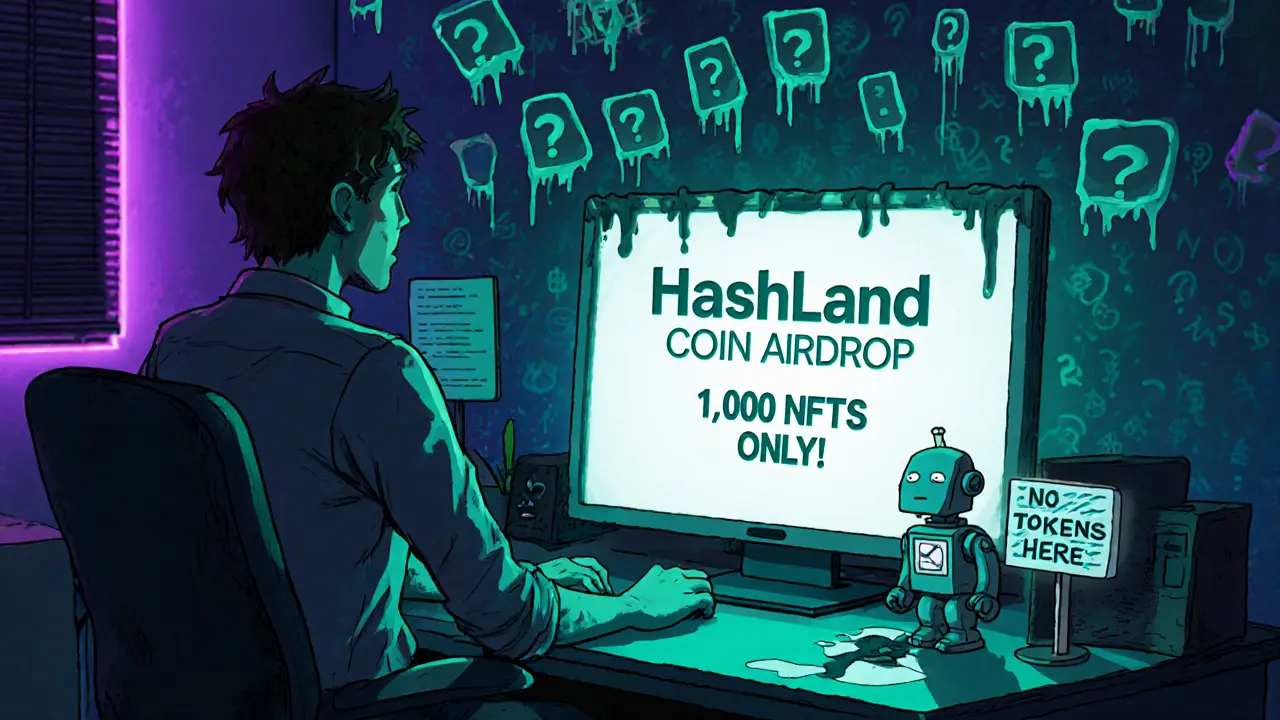
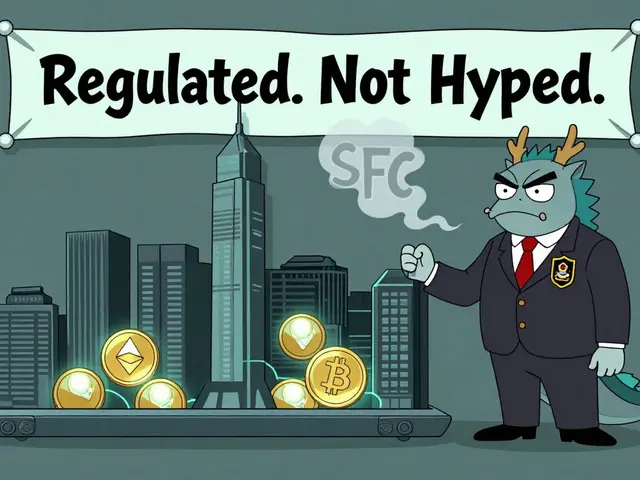
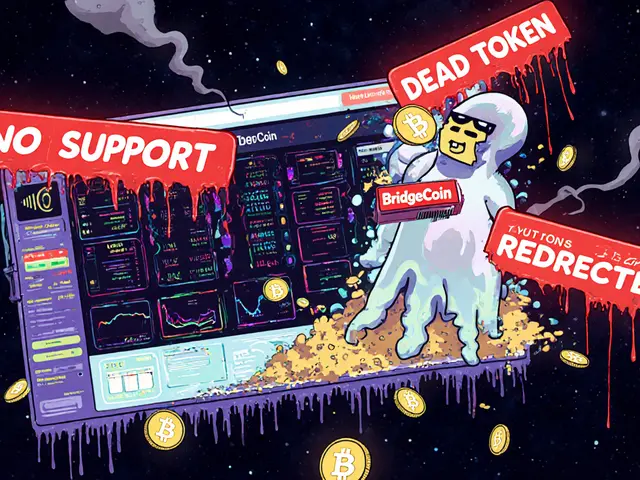


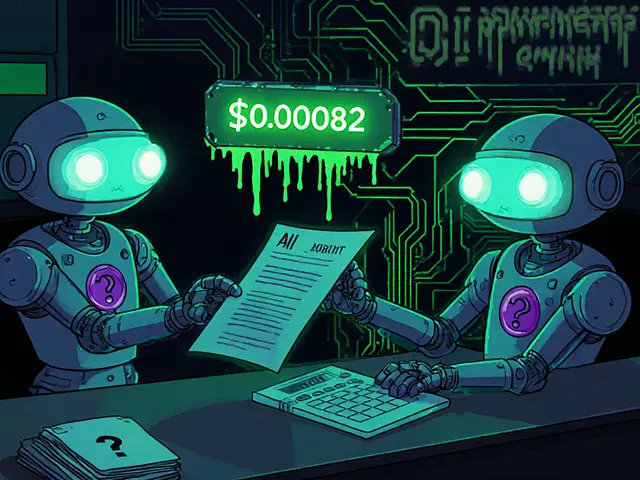
Edward Phuakwatana
Yo, this HC airdrop is like getting a golden ticket to Willy Wonka’s factory… except Willy Wonka ghosted after the tour, and the chocolate river is just tap water with food coloring. 🤡 But hey, free NFT? Free is free. I’m in for the meme value alone. If it turns into a digital pet rock? Cool. If it becomes the next Bitcoin? Even better. Either way, I got a cool profile pic outta it. 🚀💎